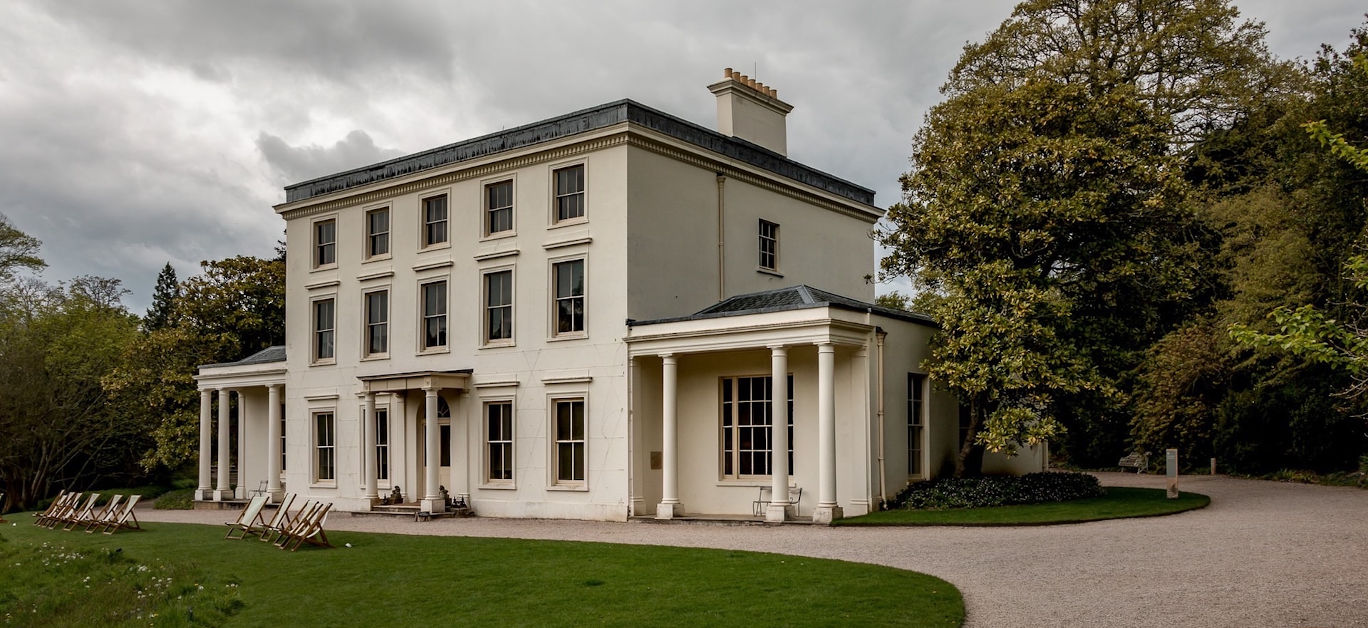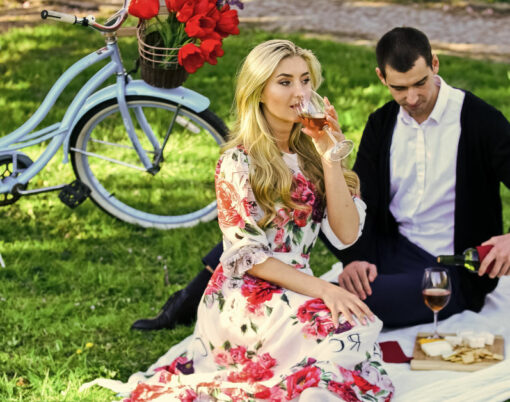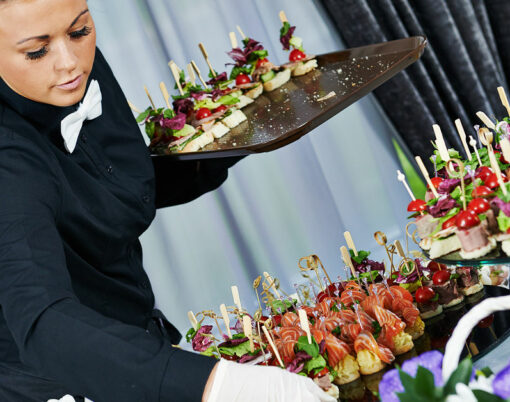There are approximately 170,383 charities operating within England and Wales, all of whom rely on gifts and donations of money in order to survive. For many of these charities, their work involves tireless campaigning through television, radio, social media and street collections in order to gain the necessary funds to continue their work.
However, for some lucky charities, help arrives in the form of a gift from a philanthropist or benevolent landowner, the latter of which we’ll be looking at in this article, as it’s reported that the UK has seen an increase in requests for transfer of equity conveyancing quotes. Let’s take a closer look at why these property donations are so important, some of the more notable gifts of property and how charities benefit.
Why do charities need property donations?
As well as cash, charities often require property and land to enable them to continue their work. This may be property for use as a headquarters or for housing homeless or vulnerable people.
Land donations may also be given for preservation or research purposes. In this section, we’re going to look at some of the UK charities who have received generous donations from landowners.
Which charities have received property donations?
The National Trust
The UK is known as a ‘green and pleasant land’ and, since 1895, The National Trust has been on a mission to preserve our countryside and to make it accessible to everybody. As a charitable organisation, The National Trust has received plenty of donations over the last 126 years. However, the trust may not have existed at all without one particularly generous gift.
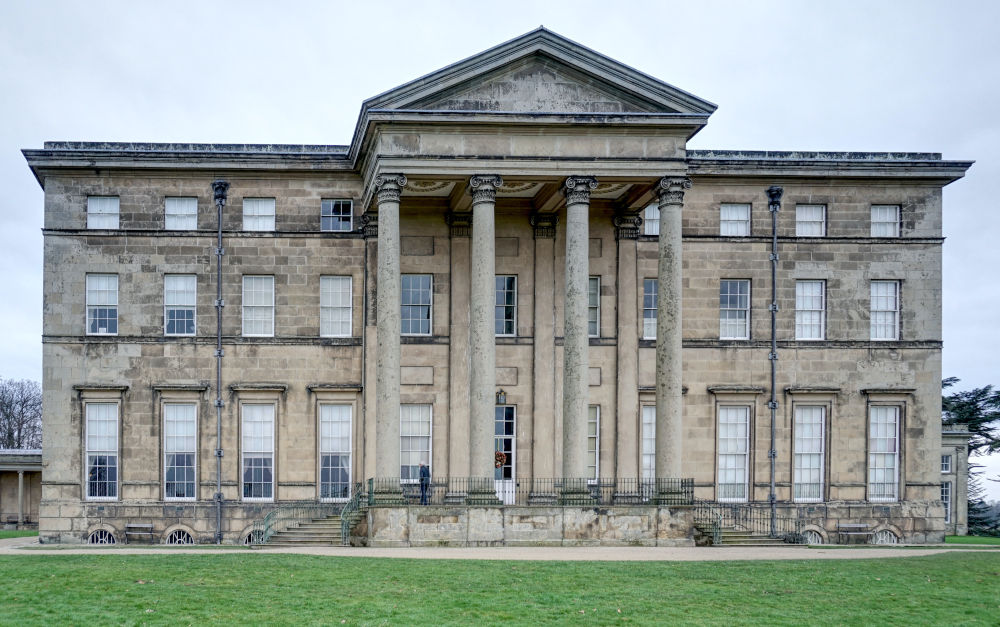
In 1895, wealthy widow and landowner, Mrs Fanny Talbot, donated the land Dinas Oleu to the National Trust. A 4.5-acre hillside covered in gorse. Like The National Trust, Mrs Talbot was dedicated to making the country a happier, more beautiful and more inclusive place. Mrs Talbot continued to work with and donate to charities until her death in 1917.
Penny Brohn, UK
Charitable organisation, Penny Brohn UK, provides an opportunity for cancer sufferers and their loved ones to experience the peace and tranquillity of nature as they navigate the challenges brought about by their illness.
The charity received a donation of six acres of green belt land to help with its work. The donation was said to have been given, in part, by an unnamed donor with £17,000 also being raised by the local community.
The charity is housed in the former Ham Green House Estate, a grade II listed building. The donation means that the land owned by Penny Brohn UK was increased from 5 to 11 acres.
Commercial Director of Penny Brohn, Andrew Hufford, said of the donation:
“From a heritage perspective the land is coming home and will be once again part of our estate. The gardens and outdoor space are a big part of what we do at our National Centre; giving people with cancer and their families the chance to explore nature, find peace and quiet in a unique and special environment.
“This land will form an extension to our therapeutic garden and will be kept as a less formal piece of countryside. This addition to our existing site brings with it an abundance of extra views across open rolling hills towards the historic grade II listed Leigh Court, glimpses of the many species of wildlife whose habitat includes the serene Ham Green Lake which forms an idyllic backdrop to this land”.
Royal National Lifeboat Institution
Finally, in 2015, the RNLI (Royal National Lifeboat Institution) was stunned to discover that an 82-year-old Northamptonshire businessman, Richard Colton, had bequeathed two Ferraris to the organisation. Which has saved over 140,000 lives since its inception in 1824.
The two cars, a 1960 red Ferrari 250 GT SWB and, a 1967 silver Ferrari 275 GTB/4, raised £8.5 million at auction for the charity, allowing it to purchase two lifeboats described as revolutionary.
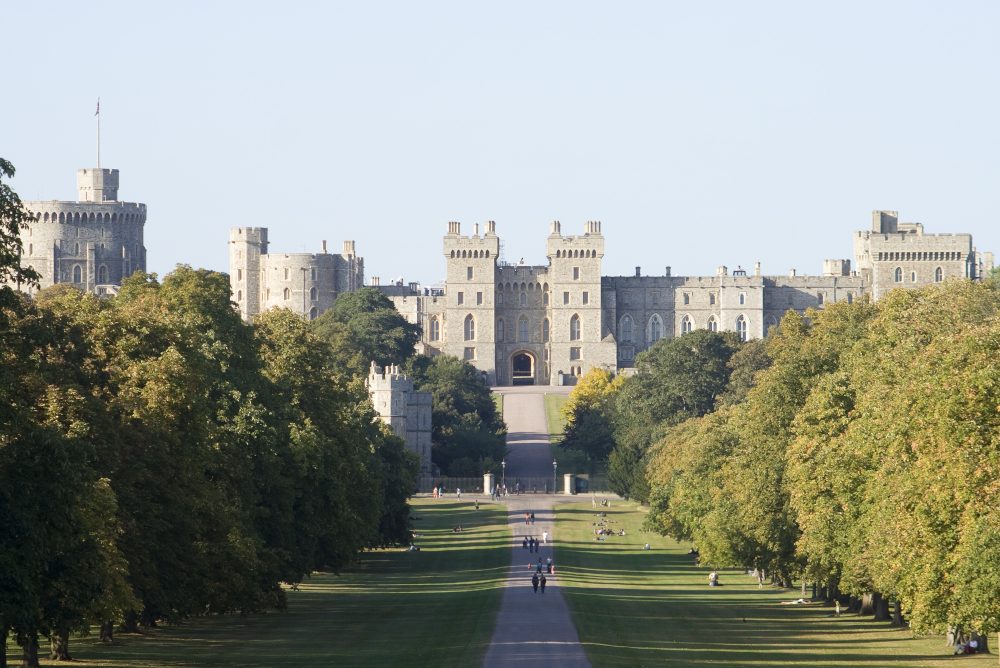
Should royalty be expected to donate land?
While many peers, landed gentry and people of note have, over the centuries, donated land and buildings to charity, there is one notable exception. The Queen is said to own 6% of the world’s land, but hasn’t been reported to have donated land or property to charity. However, the royals are known for the huge part they take in charity work, so who’s to say they won’t donate in future?.
What are the tax implications of donating land?
As with other types of charitable donations, those who choose to donate land are usually able to qualify for tax relief if the land or building meets the definition of a qualifying interest in land.
The law also states that the land must be given as a whole so, for example, you are not permitted to gift a piece of land which you still live on or keep property on. Like any other organisation, charities are bound by rules and laws and, some are not able to accept gifts of land or property.
UK charities continue to need donations of land and property
It’s hard to say just how many benevolent landowners have actually donated land and buildings to charity as many wealthy landowners tend to be extremely private people who shy away from the limelight, where possible. In many cases, philanthropy and donations of property tend to be done privately.
Whether made publicly or privately, UK charities need donations more than ever as the country is buffeted by one crisis after another. All donations, however large or small, are always gratefully received.
Image at the very top is of Greenway House in Devon, A National Trust property and former holiday home of Agatha Christie.












